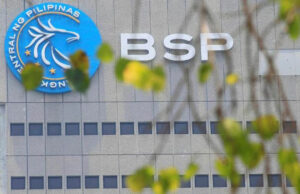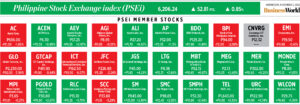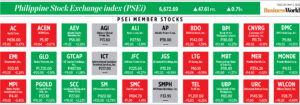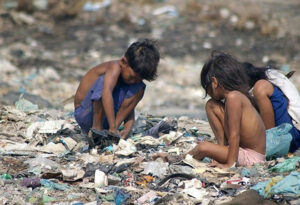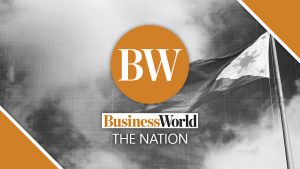WB sees PHL as fastest-growing economy in Southeast Asia this year

By Luisa Maria Jacinta C. Jocson, Reporter
THE WORLD BANK (WB) expects the Philippines to be among the fastest-growing economies in Southeast Asia this year.
In its latest Global Economic Prospects, the multilateral lender projected Philippine gross domestic product (GDP) to expand by 5.8% in 2024, same as its forecast in December.
The Philippine growth projection is the fastest among Southeast Asian economies, tied with Cambodia (5.8%), and ahead of Vietnam (5.5%), Indonesia (4.9%), Malaysia (4.3%), Lao People’s Democratic Republic (4.1%), Timor-Leste (3.5%), Thailand (3.2%) and Myanmar (2%).
However, this is below the Development Budget Coordination Committee’s (DBCC) 6.5-7.5% growth target for 2024.
The World Bank’s growth forecast for the Philippines is also higher than its 4.5% projection for East Asia and the Pacific.
The multilateral lender sees slower growth in the region due to the “anticipated deceleration in economic activity in China.”
Other risks to the growth outlook include geopolitical tensions in the Middle East that could lead to higher oil prices, dampened global trade, tightening financial conditions and climate-related disasters, it said.
“Extreme weather events, the frequency of which has increased in recent decades as a result of climate change, also pose a downside risk to the regional outlook,” it added.
In the Philippines, the government is preparing for the potential impact of the El Niño weather event this year.
The latest bulletin from the state weather bureau showed that El Niño will likely persist from March to May, when dry season crops are often harvested.
National Economic and Development Authority (NEDA) Secretary Arsenio M. Balisacan earlier said El Niño would likely affect the agriculture sector and drive food prices higher, which could threaten the inflation downtrend.
On the other hand, the multilateral lender said resilient domestic demand could spur growth drivers in the East Asia and Pacific region.
“Modest inflation, and in many cases robust labor markets supported by buoyant service activity, are anticipated to sustain household spending,” it said.
“In some economies, increased government spending, including on social protection and public sector wages, will also support demand,” it added.
However, investment inflows may be dampened due to lagged effects from policy tightening and elevated public debt, the World Bank said.
For 2025, the World Bank maintained its GDP projection for the Philippines at 5.8%, the same as its previous forecast. This would be below the government’s 6.5-8% growth goal.
At 5.8%, the Philippines is expected to be the third-fastest growing economy in Southeast Asia next year, behind Cambodia (6.1%) and Vietnam (6%).
The bank also kept its growth forecast for 2023 at 5.6%, which would fall short of the government’s 6-7% GDP target.
The Philippine Statistics Authority (PSA) is set to release fourth-quarter and full-year 2023 GDP data on Jan. 31.
INFLATIONMeanwhile, the World Bank said headline inflation in the East Asia and Pacific region might ease slightly amid “moderating global commodity prices, improved food supplies and well-anchored inflation expectations.”
In its December update, the multilateral lender projected Philippine inflation to settle at 3.6% this year and 3% in 2025.
In 2023, inflation averaged 6%, the highest in 14 years. This also marked the second straight year average inflation breached the 2-4% target.
The Bangko Sentral ng Pilipinas (BSP) expects inflation to average 3.7% this year and 3.2% in 2025.
“Despite inflation receding below target in many economies, interest rates are expected to remain broadly unchanged in 2024 on account of tight monetary policy in major advanced economies, lingering concerns about weakening exchange rates and capital outflows, and the potential for a resurgence in inflation,” the World Bank said.
The Philippine central bank raised borrowing costs by 450 basis points from May 2022 to October last year, bringing the key rate to a 16-year high of 6.5%.
BSP Governor Eli M. Remolona, Jr. has said the central bank would only consider policy easing if inflation settles comfortably within the target.
